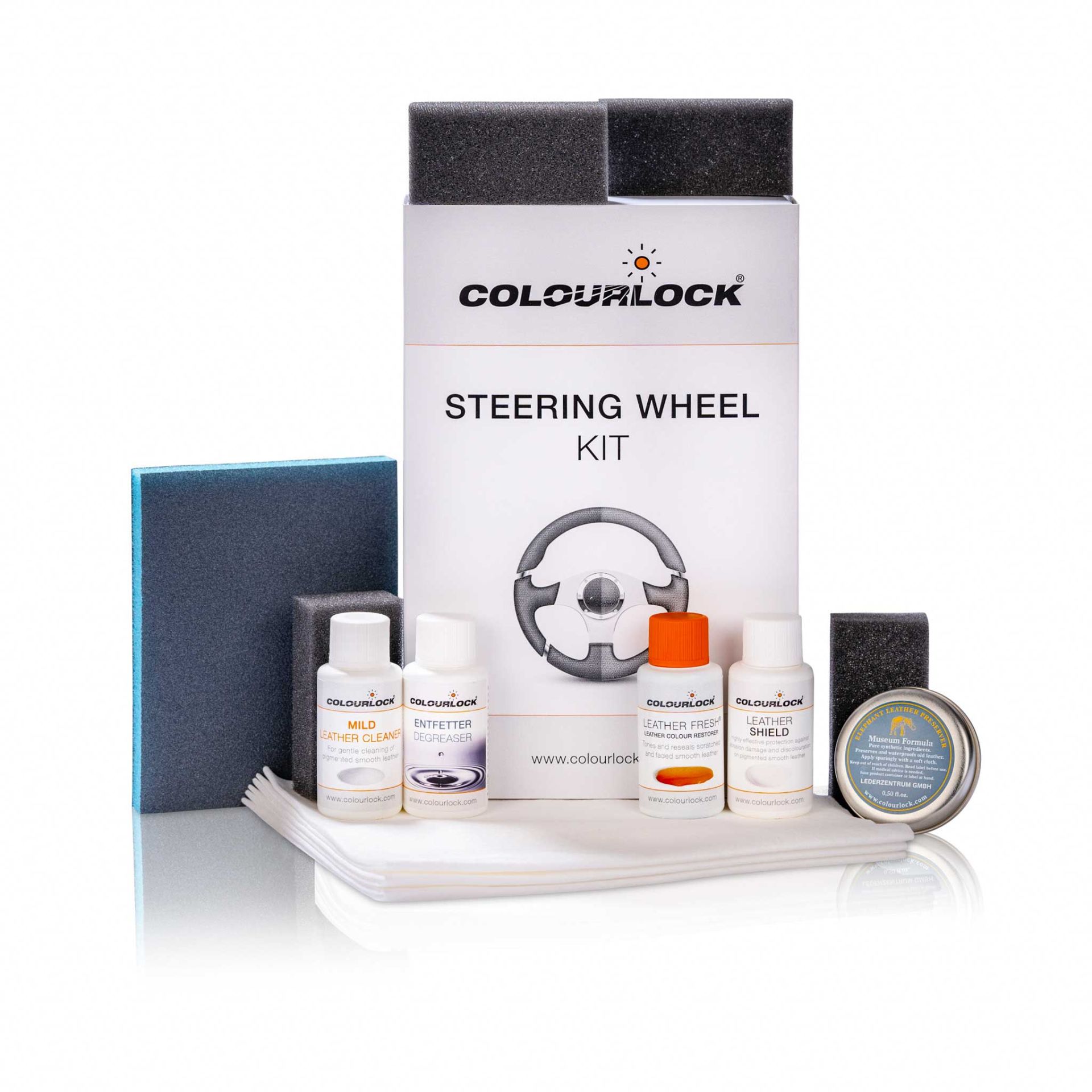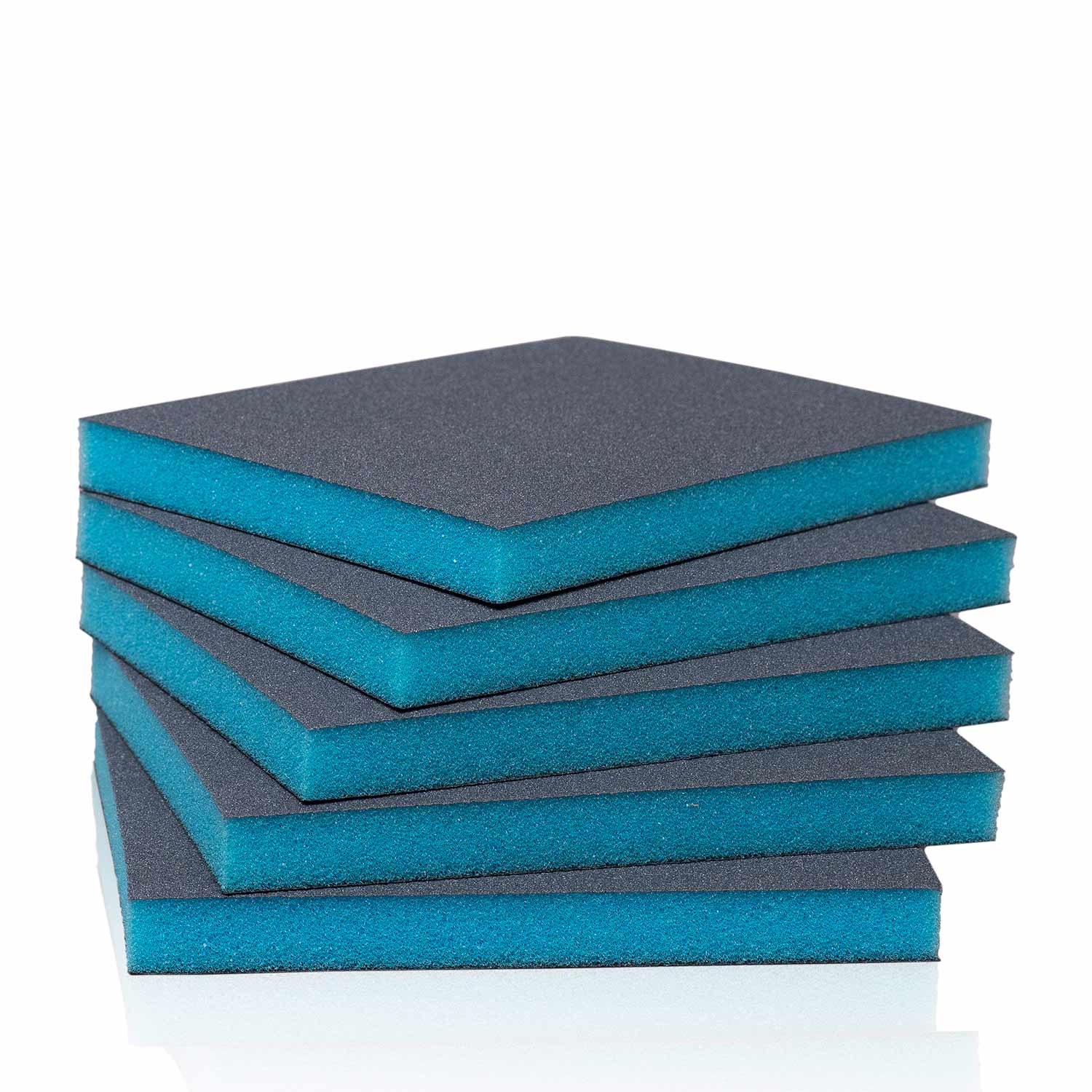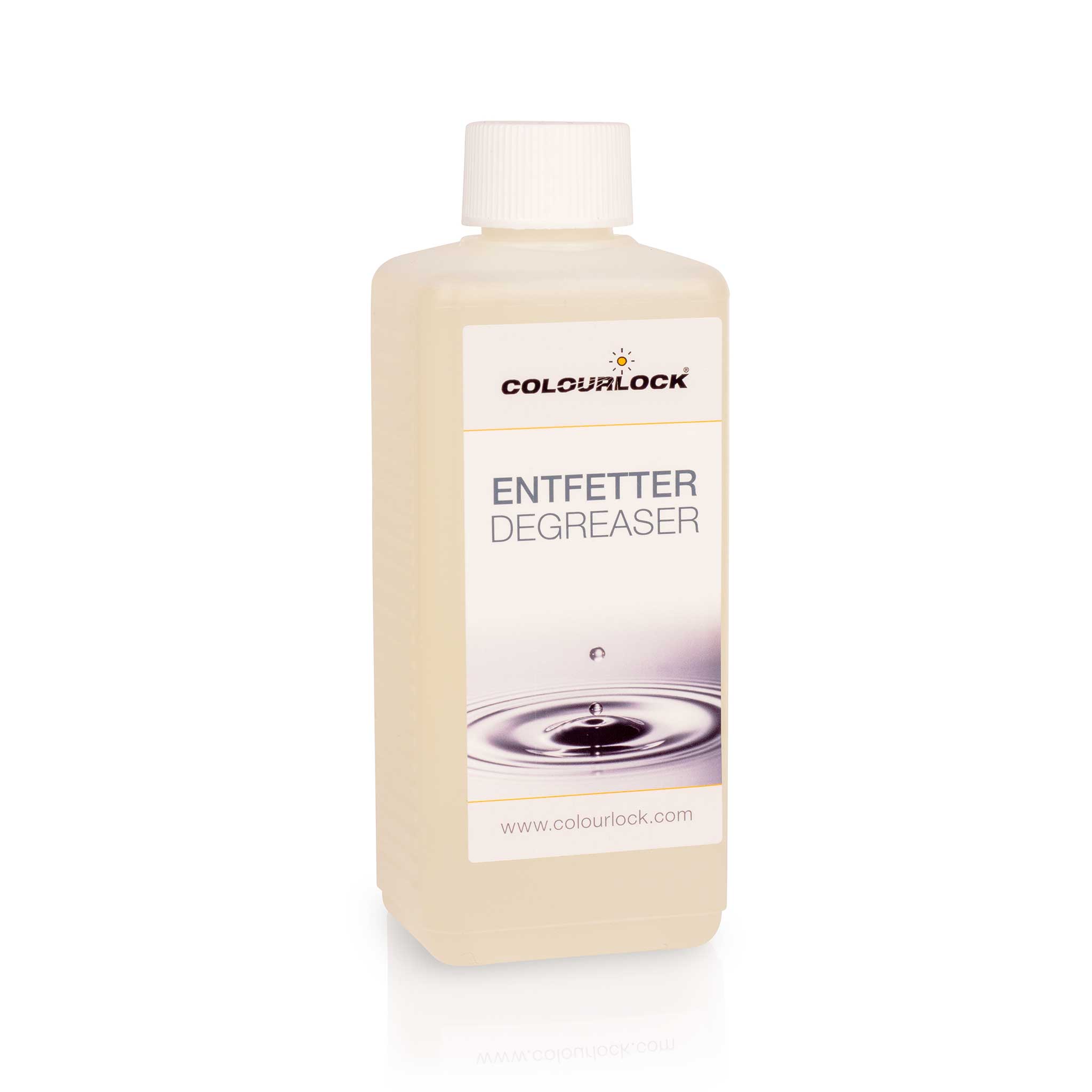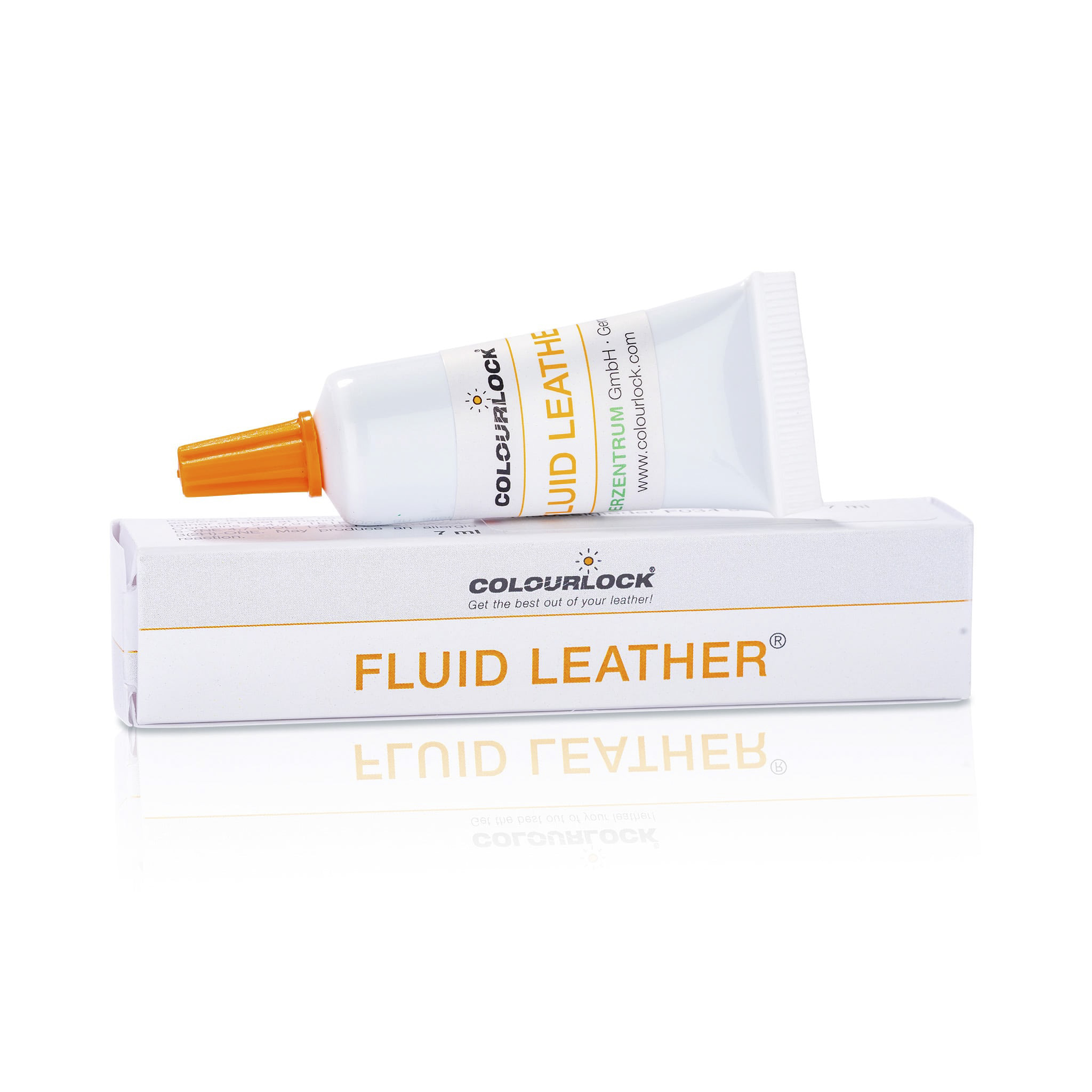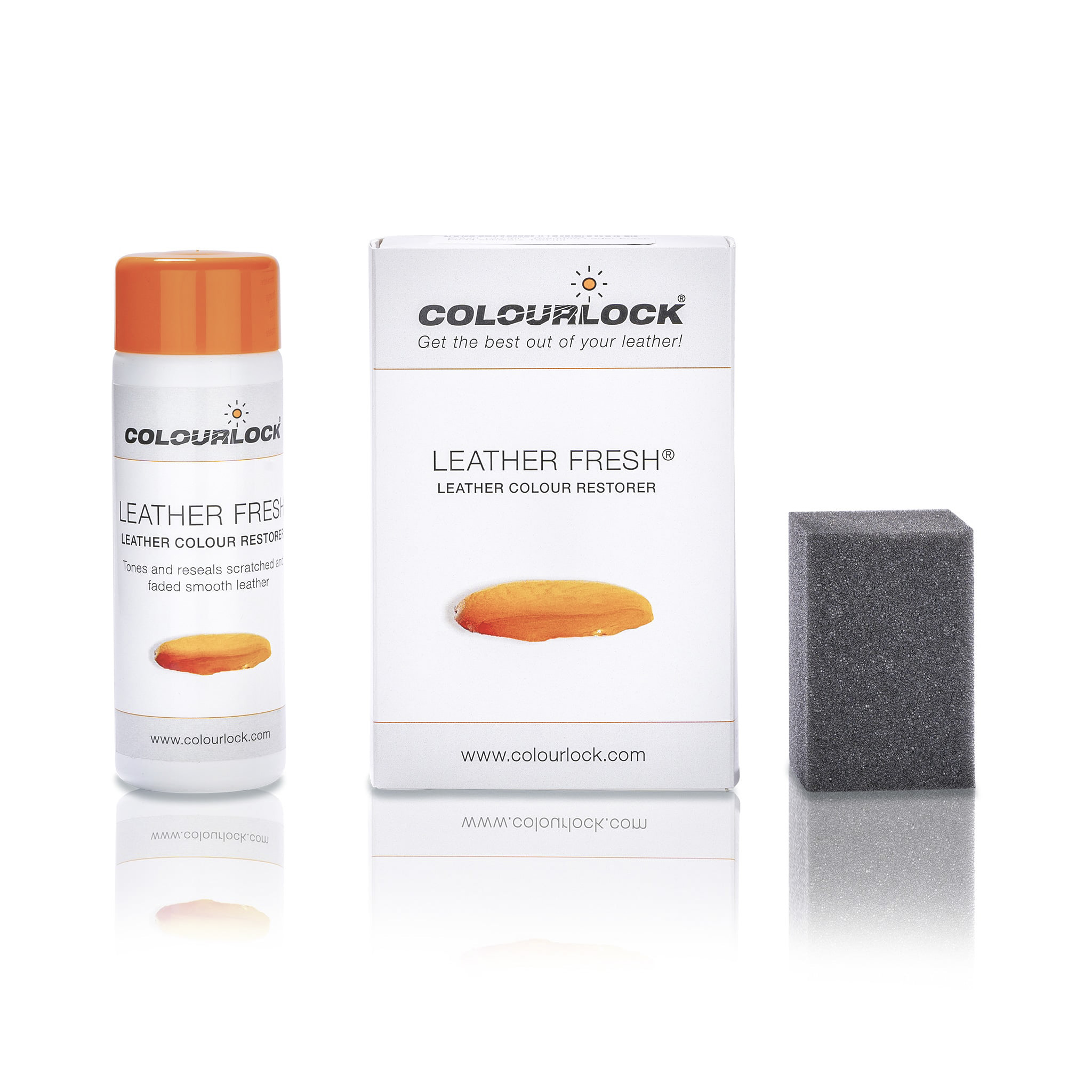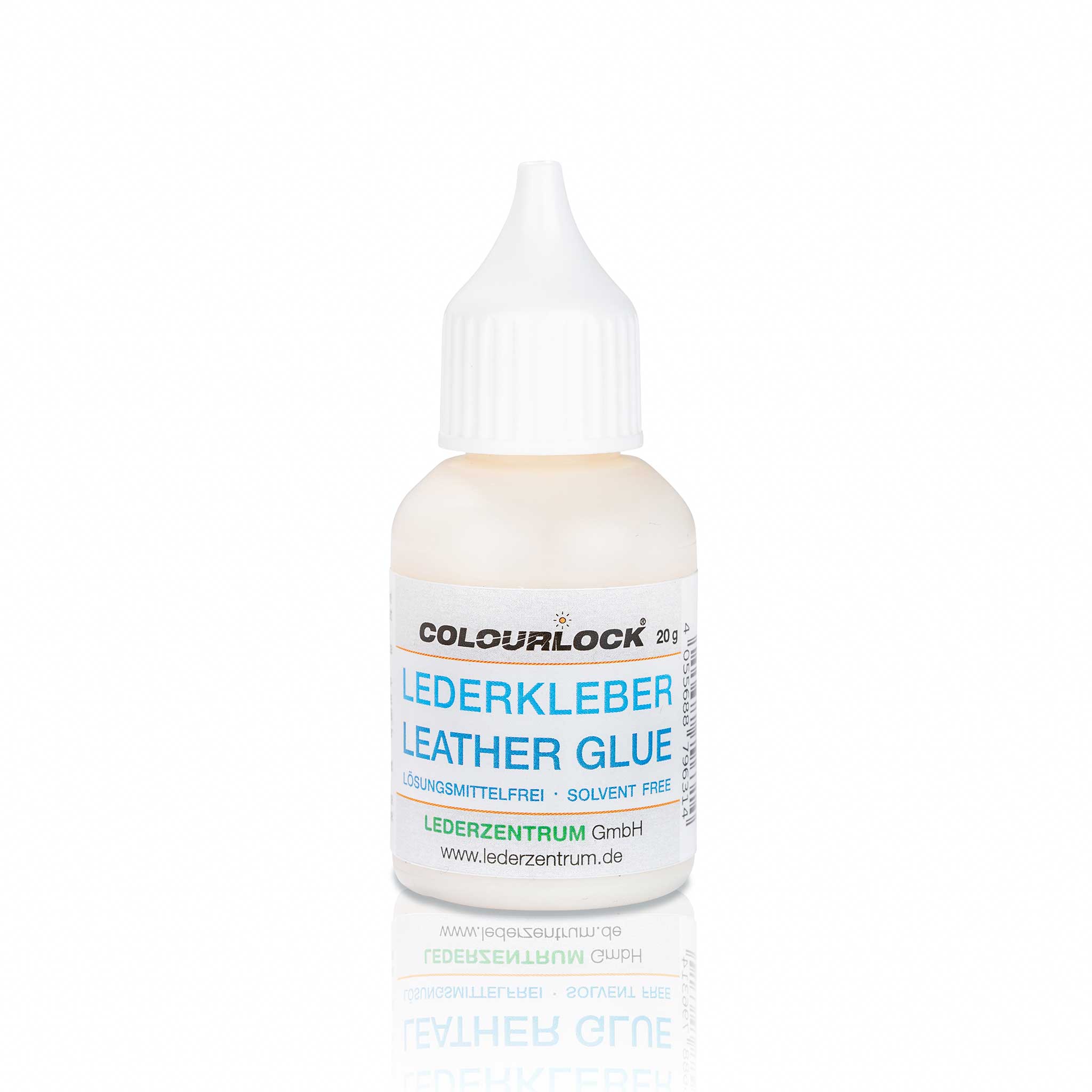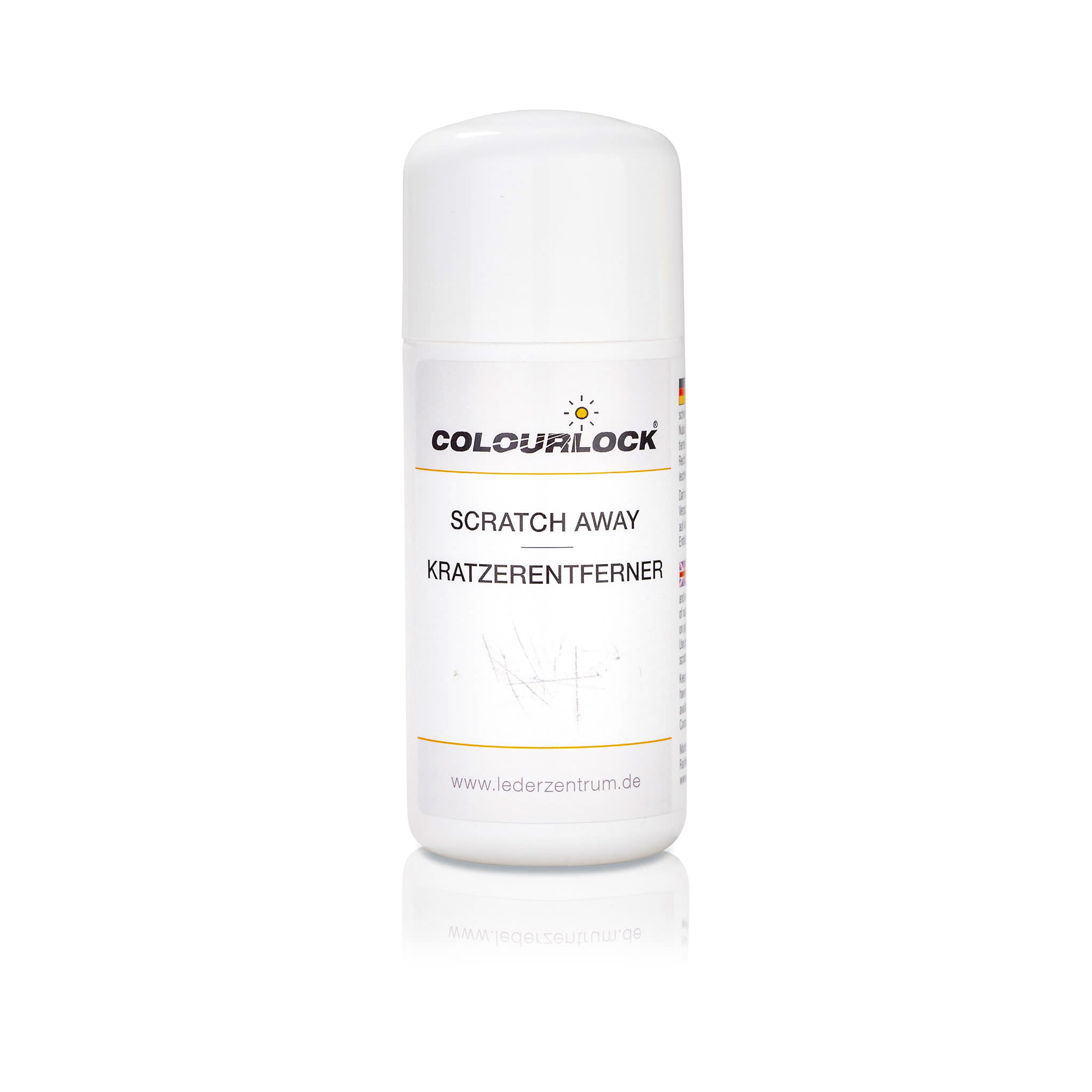How to repair cat scratches on leather
The following instruction is for monochrome, satin matt, pigmented (colour finish on the surface) smooth leather. Start by rubbing a drop of water in a hidden area to identify if your leather is porous. If the water penetrates and darkens, the leather is porous. If the water stays on the surface, it has a protective coating (pigmentation). In case of any doubts, always consult us first. Send an email with photos of the problem (complete object and close up in good light).
Scratches and other signs of wear usually become visible, because the damaged areas are lighter on dark leather and darker on lighter leather. In addition, the scratches are also notable because of the damage to the surface. The surface is rough and the fibres stick up in such areas.
The colour difference can be hidden with COLOURLOCK Leather Fresh in the correct colour. COLOURLOCK Leather Fresh does not stain the clothing later. It can be used in all contact areas. But the damage to the leather fibres remains visible. In most cases the colour difference is the main problem. In such cases a treatment with COLOURLOCK Leather Fresh is sufficient. First degrease the damaged area with COLOURLOCK Degreaser. Smooth the area with COLOURLOCK Leather Sanding Pad. On surfaces, where a high covering power is needed, apply COLOURLOCK Leather Fresh in several layers and dry each layer before next with a hair dryer. COLOURLOCK Leather Fresh is binder-based and has a little filling power, which makes damages less visible. Any remaining roughness can always be smoothed down with the COLOURLOCK Leather Sanding Pad on all working steps with COLOURLOCK Leather Fresh. On little damages, COLOURLOCK Leather Fresh can also be applied with a thin brush.
Sometimes small triangle cracks and edges are turned up. These can be glued down with COLOURLOCK Leather Glue as good as possible. Use a needle. Dip the needle tip into the glue and coat the edges thinly. Let itdry on its own or with a hair dryer and press the fibres down.
If the leather fibres are completely pulled out with sharper edges, use nail clippers to cut the excess.
Only on deep scratches, where the leather might tear, COLOURLOCK Fluid Leather is recommended to fill and stabilize such damages. But the contour of the scratch remains visible. Fluid Leather is seldom needed, as cat scratches are mainly surface damages and no material is torn.
Cat scratches can usually only be improved and in most cases the leather will not appear new after the repair work.
Small amounts of fine milled white pepper powder or lemon oil mixed into the care products help keep cats away from the couch. Cats have a sensitive nose and will notice it.

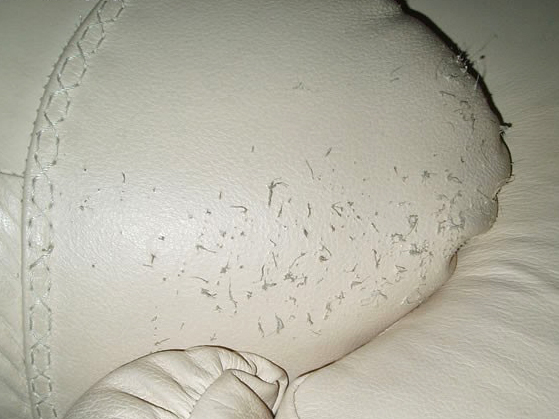
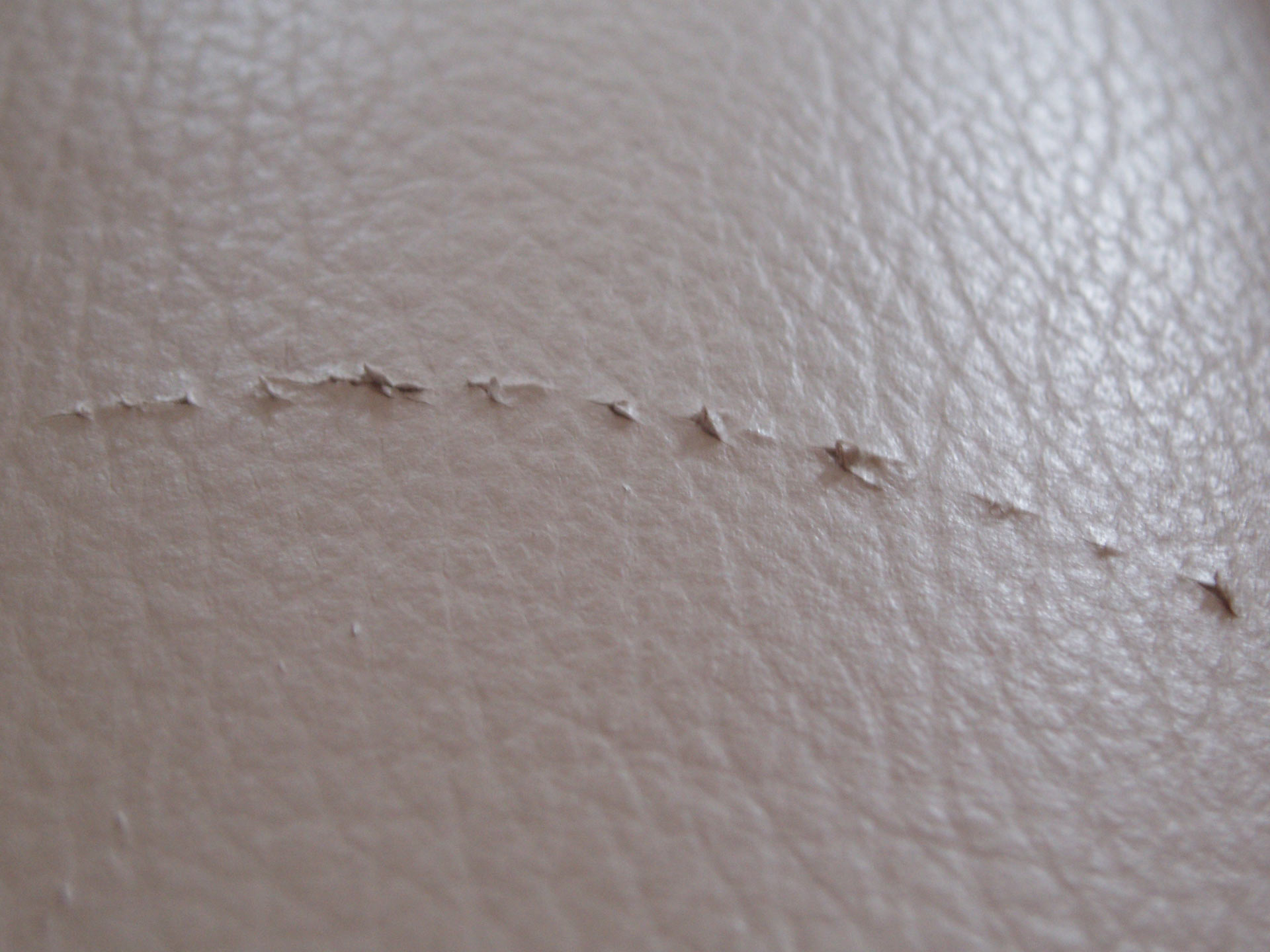
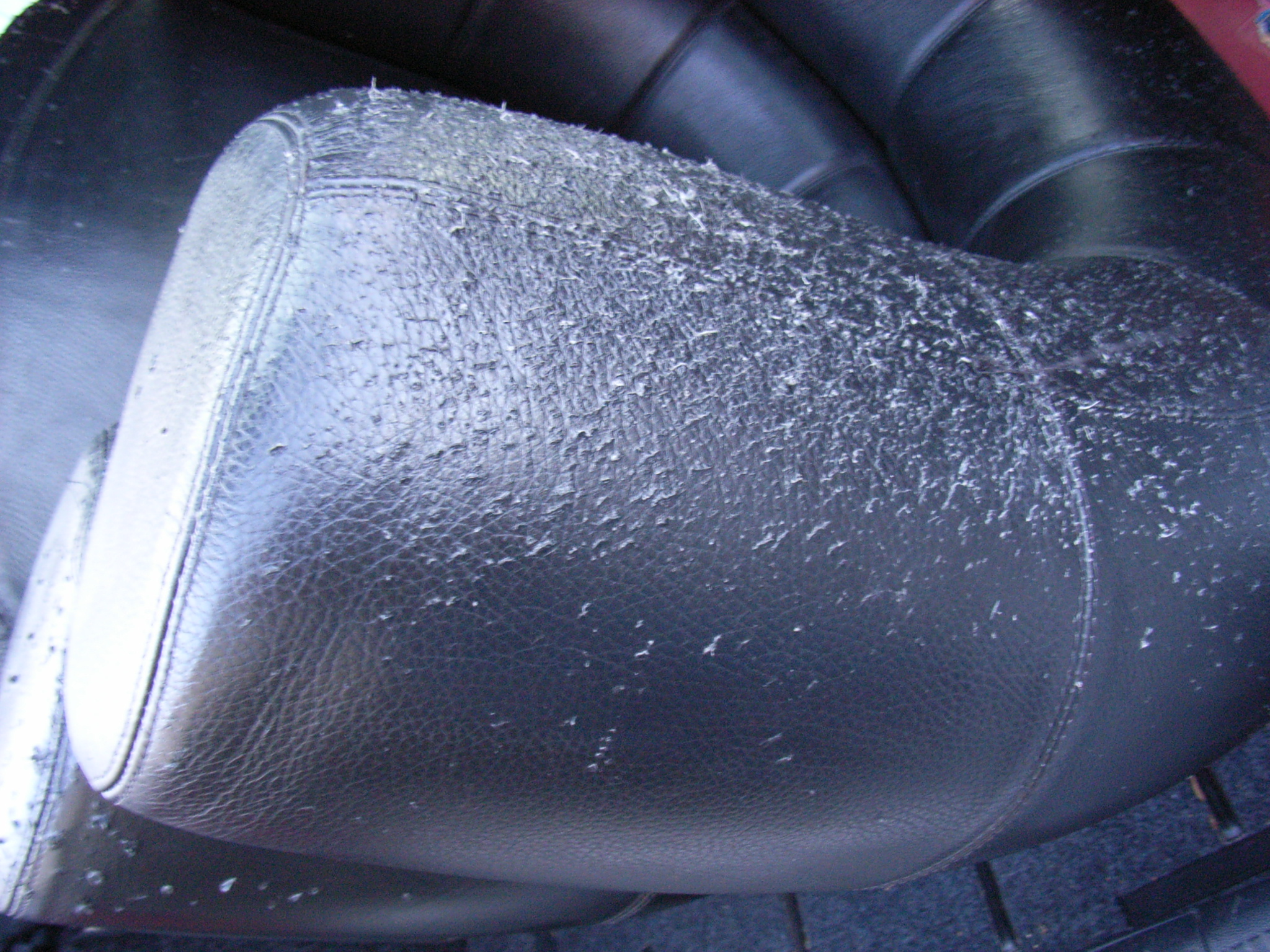
Recommended products to repair scratches on leather

